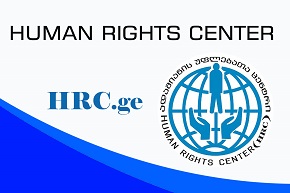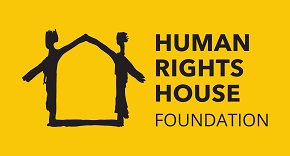One of 300 burned out houses
Jeffrey K. Silverman
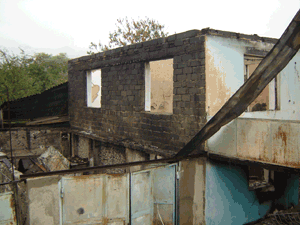
September 28, 2008 - South Ossetia, Tskhinvali region of Georgia, is now fully outside the jurisdiction and control of the Georgian government as the result of the war of early August 2008. On the 27th and 28th of September an American citizen, Jeffrey Silverman, working with the Human Rights Centre in Tbilisi visited villages on the divide between Gori and South Ossetian region, and crossed into the looted and burned out village of Disevi; he proceeded to take photos and interviewed several locals as to the timeline and background to the attack on their village.
The specific purpose of the trip was to determine the extent of the involvement of Russian soldiers and South Ossetian paramilitaries in looting and burning the village of Disevi in the early days of the Georgian-South Ossetian war. It was clear from various sources that most of the building in the village had been torched and that some civilians had been killed. There was no Georgian military presence in the village at the time of the attack and the villagers themselves were all unarmed.
Upon subsequent investigation it turns out that Georgia itself may have had a hand in the torching of this village, direct or indirect, with a series of events that could be considered a direct provocation. The combination of actions left the village defenseless when armed hostilities started between South Ossetian paramilitaries and the Georgian army in Tskhinvali.
On the 1st of August, Georgian police arrived in the village and confiscated all weapons belonging to locals – they were left defenseless, which later would prove fatal for at least two locals. Early on the 8th of August the Georgian military arrived and told the Georgians of Diservi that they were going to cleanse the nearby Ossetian village of Khelchua. It is not known what happened and what appears to have been planned but the actual threat itself played a role in the burning of Disevi as an act of seemingly justifiable retaliation within the flimsy disguise of an ethnic conflict.
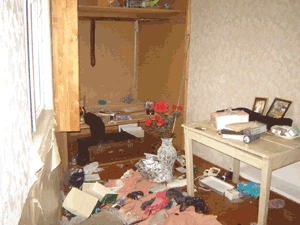 |
|
Life not Rosy – looted house |
The investigative trip started-off with a mini-bus directly from Tbilisi, Gori, Mereti, Diservi (via Tkviavi). There was any problem passing the Russian block post on the Gori road and the bus was quickly waved through by well-armed soldiers without any closer inspection, perhaps by chance. Pouring rain was helpful in passing into South Ossetia as the Russian and Ossetian troops were not manning their normal checkpoint on the divide between the Gori district and the village situated on the South Ossetian side of the de factor border. Regular patrols were very spotty and the combined conditions provided the perfect opportunity to enter the village without being spotted.
Regardless of the ease of access, it is doubtful if the Russian army or the South Ossetia militias would have wanted an American reporter to be making an investigative “field trip” to a village that had been almost totally burned and ethnically cleansed, especially when he was interested in documenting possible human rights violations and taking pictures of burned-out Georgian houses, which appear to have been organized by South Ossetian paramilitaries in close collaboration with the Russian army (or at least with their knowledge while they turned a blind eye).
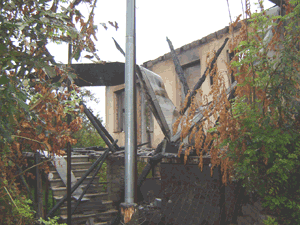 |
|
Burned out Georgian House |
Locals told that there were not only Russians and Ossetians involved in the burning and looting of the village. Local witnesses who described the event claim that there were Cossack bandits from Southern Russia, and even some soldiers present from Belarus. However, regardless of who did what and according to one or another timeline, this incident was not a simple story of some houses being burned in the crossfire of a shooting war. It is now clear that the widespread burning can be considered on first impression as part of a larger pattern of forcing Georgians out from the region of South Ossetia (and especially from densely populated enclaves).
Without having to ask, local respondents told their visitor at the time of armed hostilities at least two persons died, Elguja Okrpiridze, 59, who was summarily executed by South Ossetians in the entrance to his yard (leaving three sons and a daughter). Another, Nato Okropiridze, 70, (same last name) died in the upper part of the village from a heart attack. She could not handle the stress of her house being burned to the ground in front of her eyes.
These cases are now under investigation by the Human Rights Center and will become part of a larger dossier of such killings during the so-called Georgian-South Ossetian (Russian) war. It is only natural that they did not want their homes burned and or to give up their lives in trying to stand their ground. It is debatable, however, if they had been left with their weapons and support from Georgian authorities their plight would not have been any different; perhaps even worse as more innocent lives would have been lost against a better armed force. Nonetheless, in the final analysis, it does appear that the Georgians knew as early as August 1 that there would be an outbreak of hostilities and that on the 8th of August authorities did pass through the village on the way to “cleanse” nearby Ossetian villages.
However, there was not any Georgian military presence when the Ossetians and/or Russians (in combination) took out revenge. All the houses were first looted and then burned. Looting continued of remaining houses left standing and cattle and farm equipment has been stolen as well. Few now have the means to provide a living during the winter.
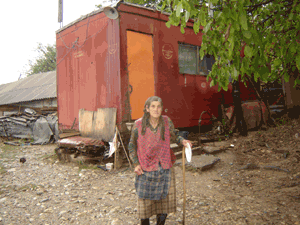 |
|
Clara, 75, blind husband 80
|
Out of a total of approximately 300 houses only 20 or 25 houses remain standing in Diservi and less than 30 inhabitants, most all of them over 50 years of age; the absolute majority are their 70’s and 80’s. It was told by one IDP, who now is in Tbilisi, that about 14 young men are hiding out in the nearby mountains and their fate is still unknown. Even those that stay, mostly the old and infirm, don’t know what the future holds. Their food security and physical safety is a matter of grave concern to the Human Rights Centre and their family members.
More recent media reports claim that South Ossetian separatists are going about leveling Georgian villages, as reported on 30th September by Georgian Public Television. “Separatists of South Ossetia, Georgia’s one of two breakaway regions, recognized as independent state by Russia on August 26, started leveling the destroyed Georgian villages in Didi Liakhvi Gorge with heavy equipment, which was especially brought in from Vladikavkaz, capital of North Ossetia to dissemble what is left of Georgian houses in Tamarasheni, Achabeti, Kurta and Kekhvi villages.” However, this recent media report has not been fully investigated by a fact-finding trip to these villages in person and as such, it can only be taken at “face value” in light of the historic reliability and less than factual track record of many Georgian media reports.

